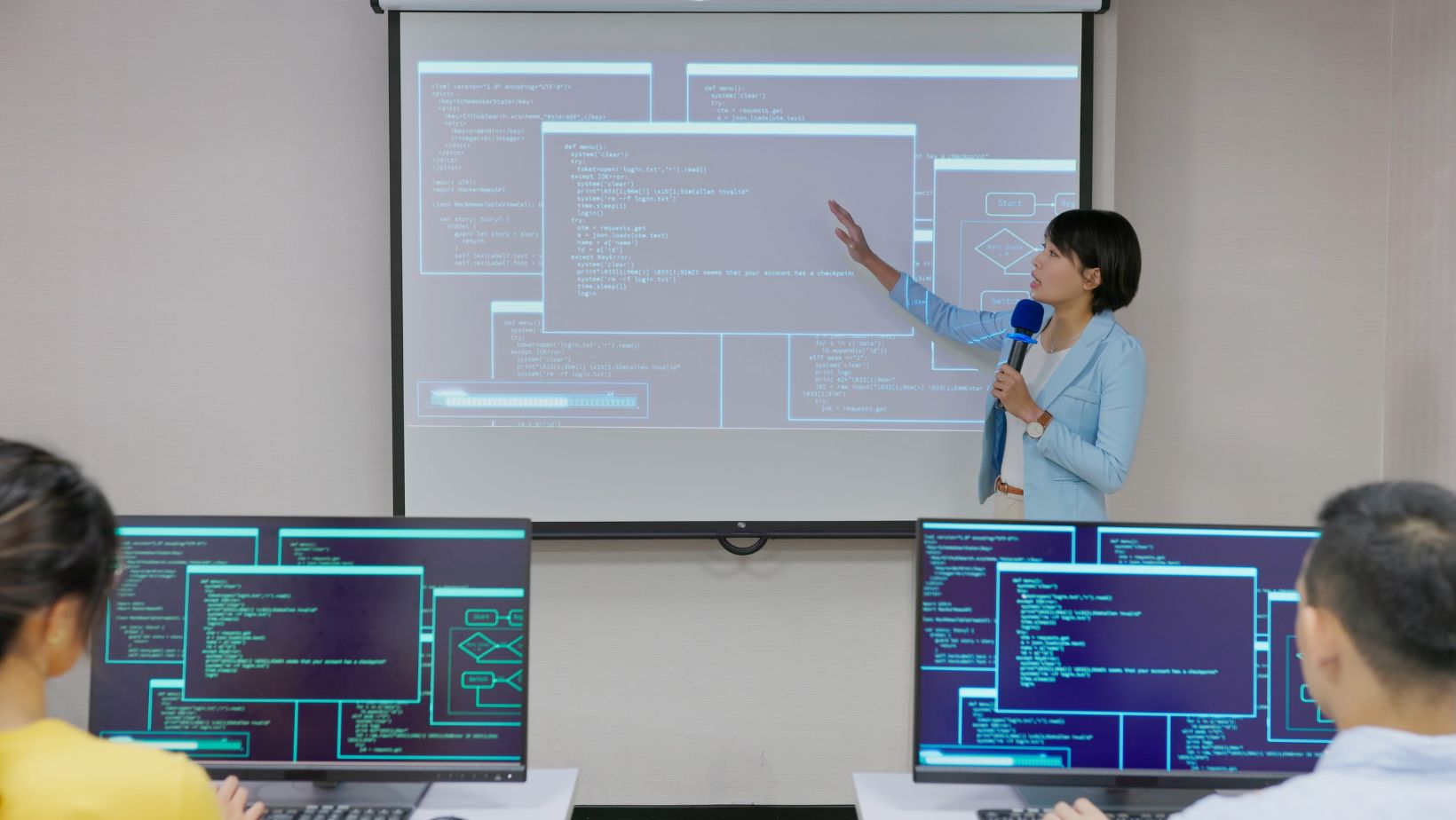
How Has Technology Changed Education?

Distance Learning
Technology has changed education by promoting distance learning and enhancing convenience for those willing to study. Initially, people had to present themselves physically to the nearby educational center for learning. However, technological advancement has made it simple for learners to locate their preferred institution globally, quickly register online, and commence their classes remotely. Distance learning has influenced individuals to advance their education, especially the working class, since they can learn at their convenient time.
Research
Integrating technology into education has changed the methods that students utilize when conducting research. In this context, technology has led to the emergence of search engines, such as google, and the development of computers and smartphones. Primarily, learners had to visit libraries for research, which limited their knowledge due to unavailability and few books to meet the high number of students. Technological advancement has enabled learners to conduct the research process efficiently through smartphones and laptops.
Simulation Games
Technology advancement has influenced the integration of simulation games into coursework, enhancing understanding among learners. Educational scholars have developed specific games to ensure that learners grasp concepts quickly. In contemporary society, most teens and youths spend their free time on smartphones and laptops. Creating simulation games and applications influences learners to devote time to studying while having fun. Therefore, technology has influenced the introduction of educational games favoring learners with special needs.

Web-Based Seminars
Technology has changed education by promoting web seminars that have enhanced learning. Web-based seminars effectively benefit educational institutions since they save time and money. In this regard, it requires resources to send students on regular trips for educational purposes. However, with the introduction of technology, educational institutions can easily organize web conferences and seminars, making it easier to provide insights on particular learning objectives.
Roles of Learners and Tutors
Technology integration in education has changed the roles of students and teachers. Initially, teachers were regarded as primary information sources, while learners passively received data. However, technology has influenced the creation of websites and blogs, where students can easily access reliable information. Moreover, students can use writing service today to ensure that they meet their academic goals. Hence, it has changed the roles of teachers and students.

Conclusion
Technology has changed education since it altered the role of teachers and learners, improved research methods, and contributed to the introduction of web-based seminars, simulation games, and distance learning. Technological advancements have made it easy to acquire and share information. As a result, it promotes convenience for e-learning and research, changing tutors’ responsibilities. Besides, educational games enhance understanding among students, especially those having difficulties studying.



















































































